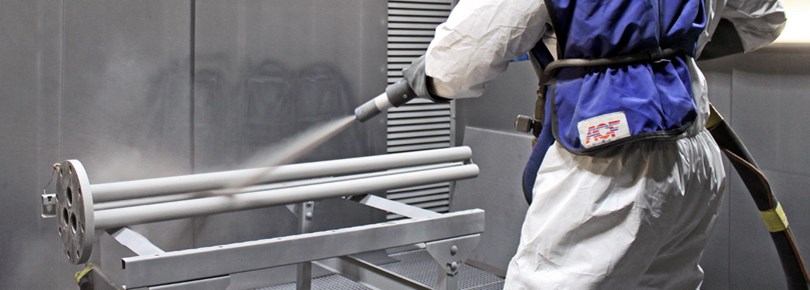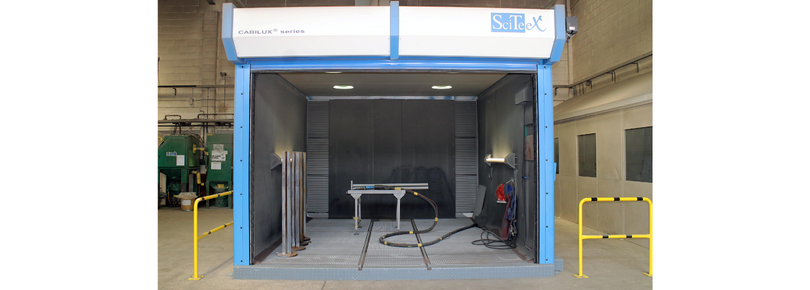Why is surface preparation important before coating?
December 2022

In the words of Benjamin Franklin, “Failing to prepare is preparing to fail”
Surface preparation is one of the most important factors for a successful coating system because the performance of the coating is influenced by the ability of the coating to adhere to the substrate material. Surface preparation not only cleans away pre-existing coatings, residue, organic matter, oxidation and other contaminants, but also introduces a suitable profile for the coating by removing any surface imperfections.
Before the surface preparation can begin, it is important to assess the condition of the substrate's surface to help determine what technique will be required. The next step is to remove any old coating. Applying a new coating over an old, failed coating will allow pre-existing problems like bubbling, flaking or peeling to continue beneath the covering layer. Stripping the coating back until there is a clean surface helps to eliminate problems like corrosion and increases the coating's lifespan.
At Fluorocarbon Surface Technologies we have a purpose built blast room offering shot blasting with aluminium oxide or steel grit blasting. The in-floor recovery system allows the efficient use of the grit, as it gives even cleaning and recycling, which improves performance and allows continuous blasting of large items whilst the grit is recovered, cleaned and recycled. Aluminium oxide can be recycled many times, which not only makes it more environmentally friendly, but also cost effective. We can blast a variety of objects in the blast room, the largest item so far is a 2.5m diameter vessel weighing in at approximately 1.5 tonnes. A chemical etching service available where shot/grit blasting is unsuitable.

Once the surface has been cleaned to remove oils, grease and any other lubricants that may compromise the bond strength between the substrate and the new coating, and any loose particles that may flake or crumble have been removed the surface should be dried thoroughly. Wet surfaces can cause pinholes to develop during the curing process as moisture evaporates from between the surface and the coating and can also cause flash corrosion to occur where moisture is present on bare metal surfaces, this corrosion can continue beneath the surface of a newly-applied coating.
To find out more about our surface preparation services or to discuss your requirements, contact one of our sales engineers









